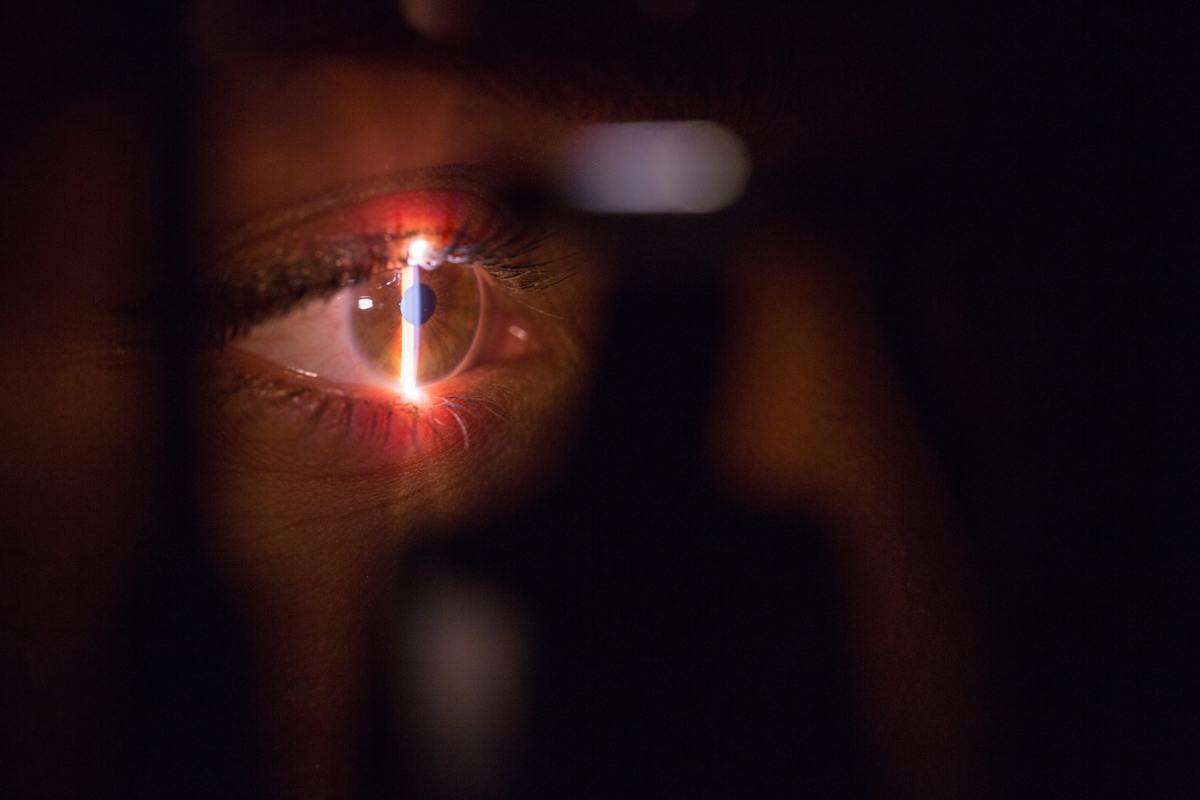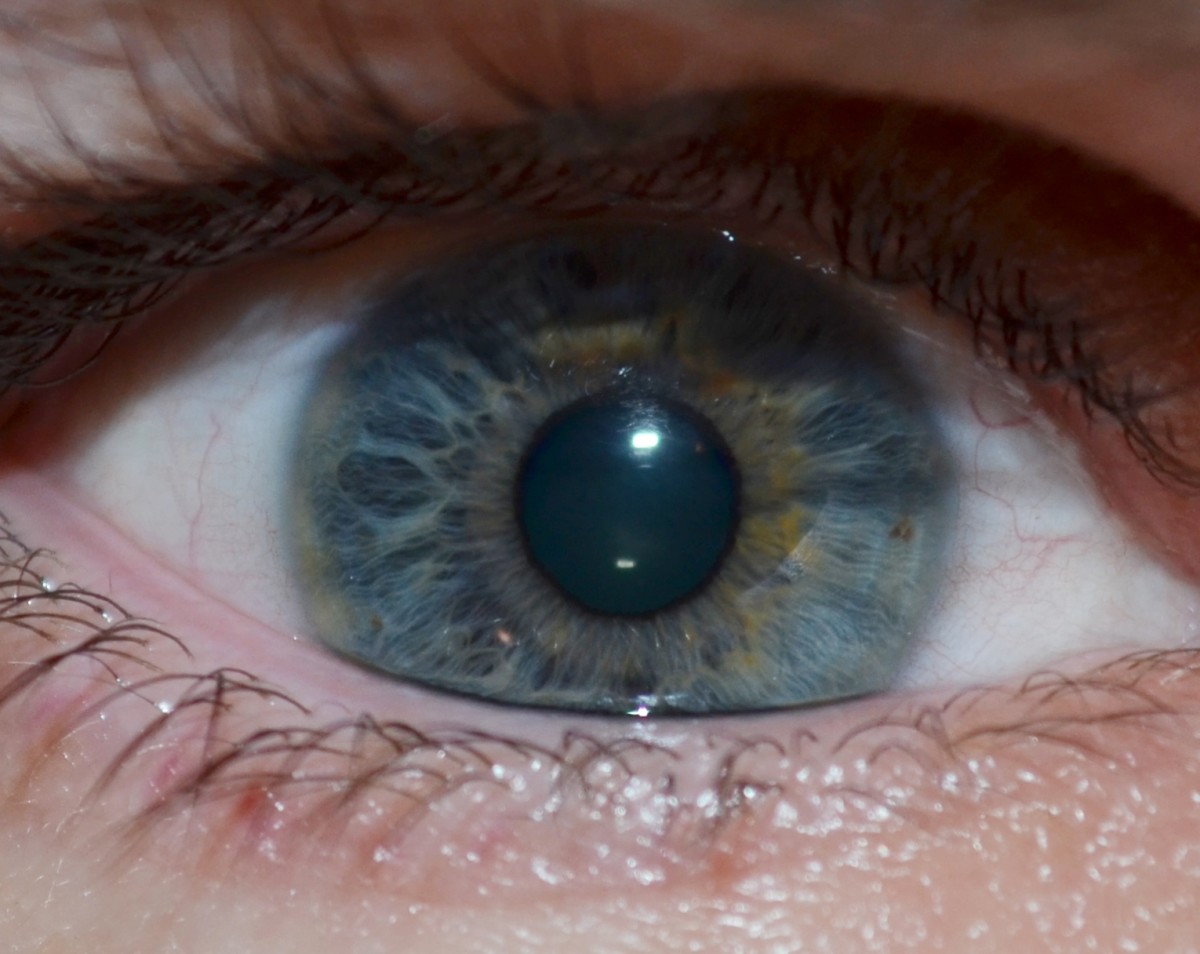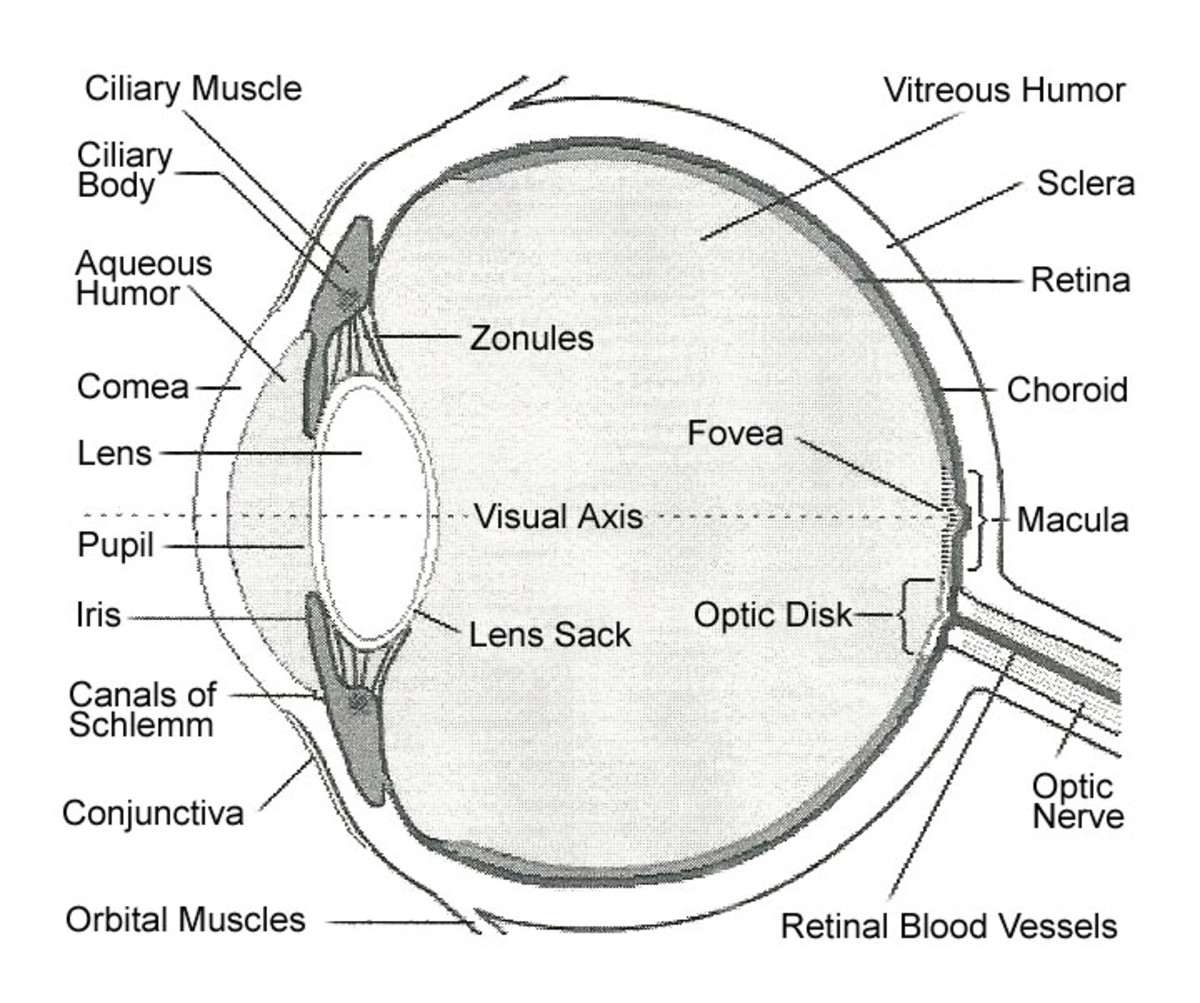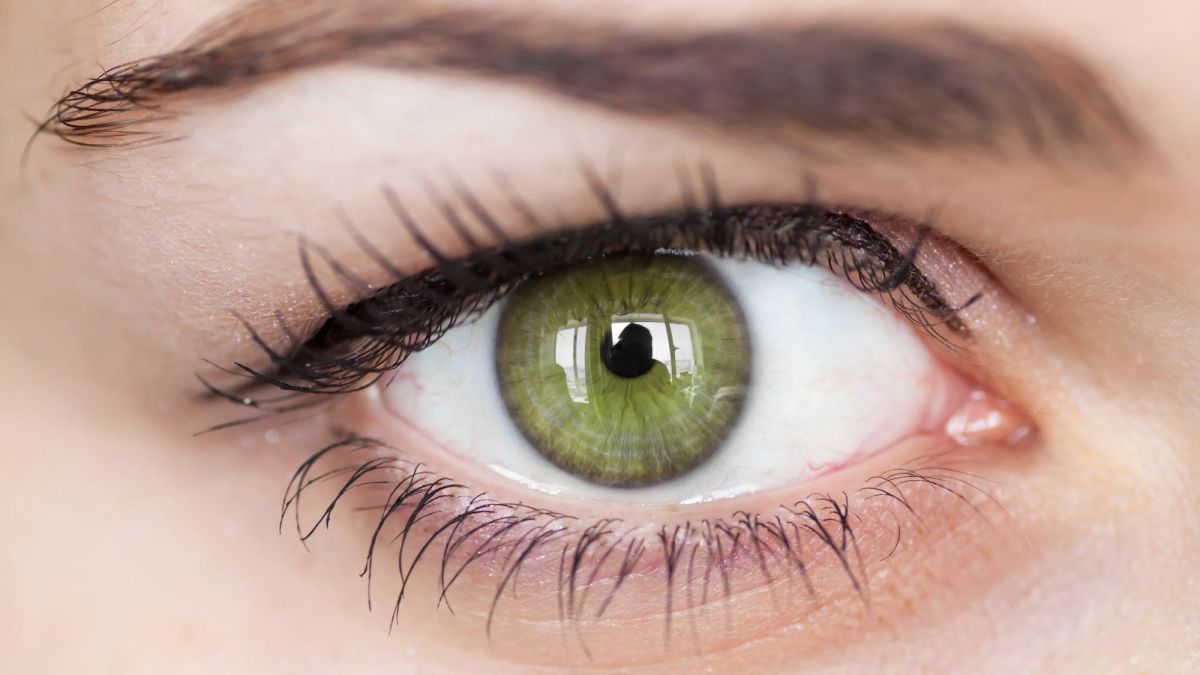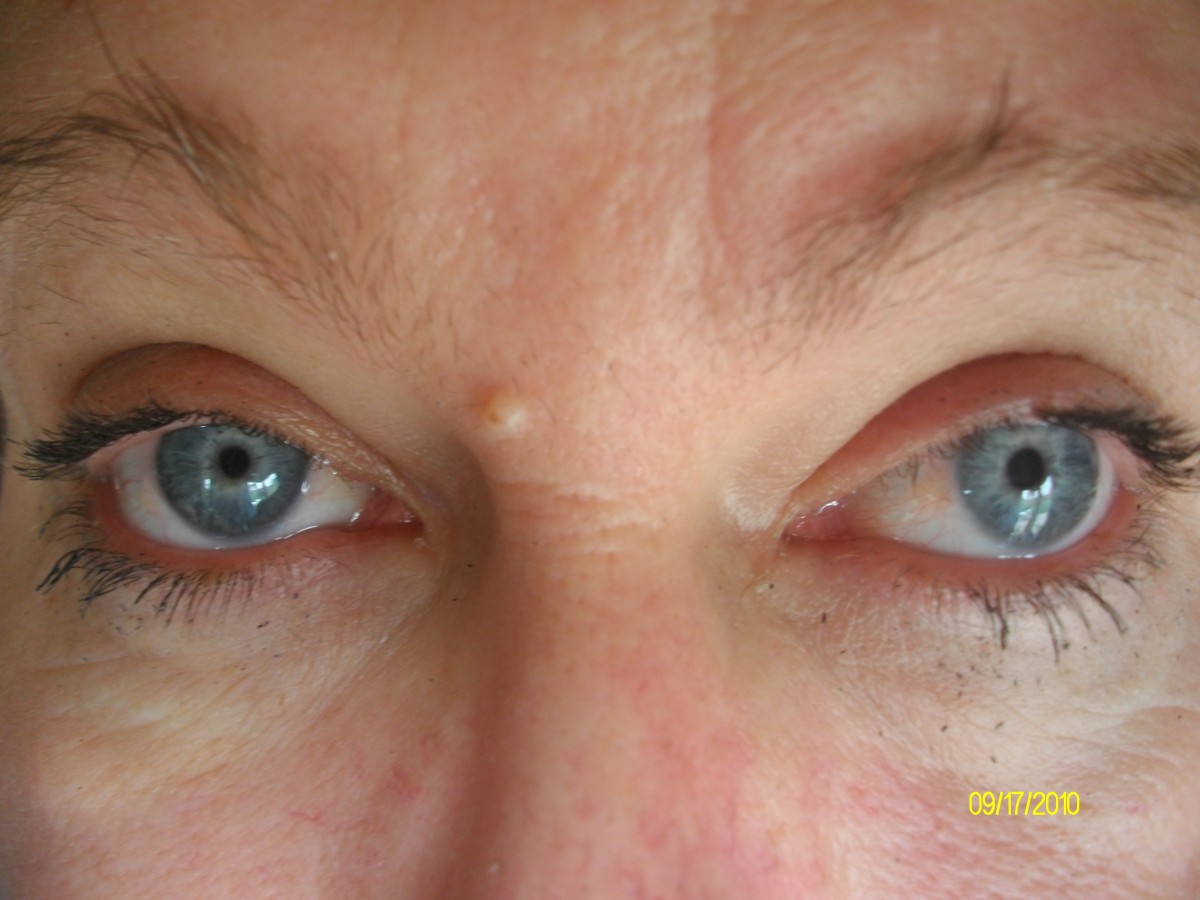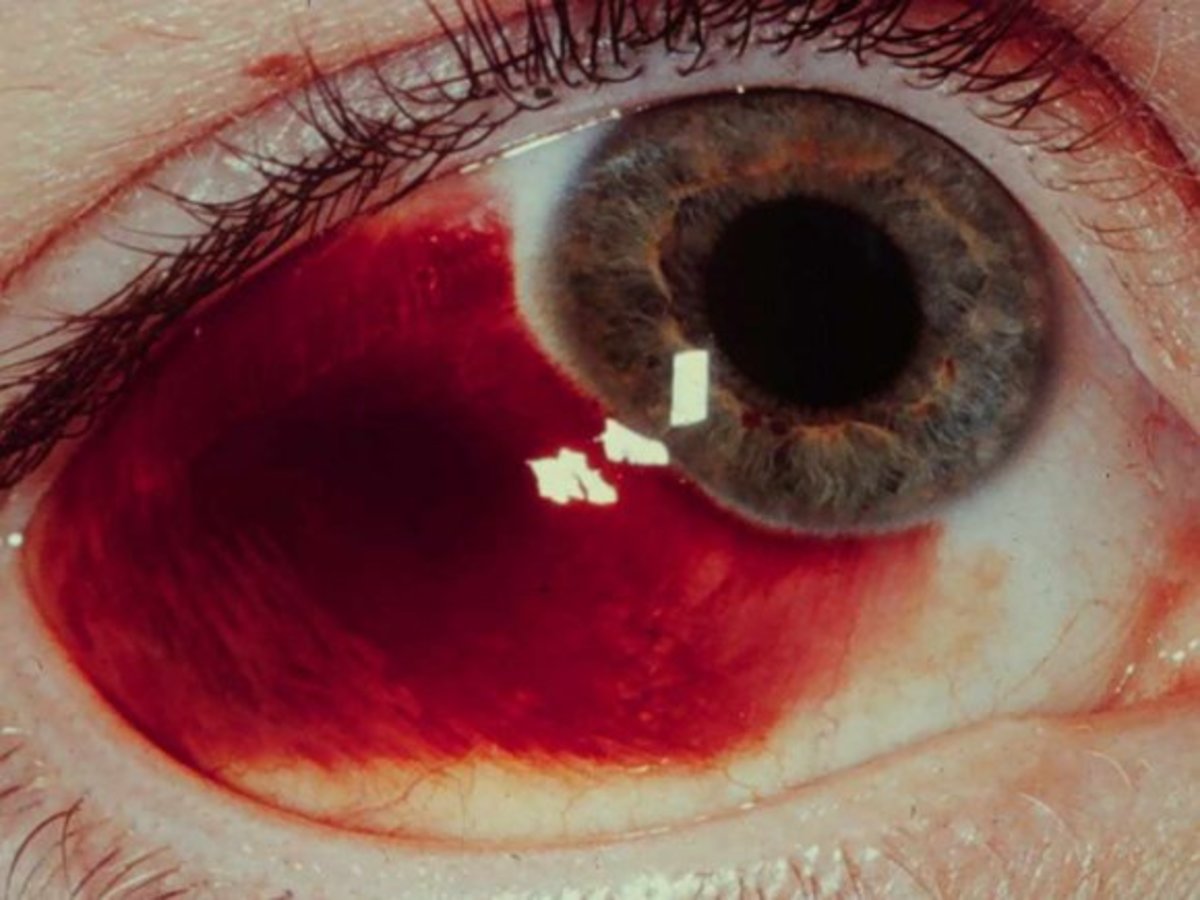How to Tell if You Have Glaucoma
Glaucoma
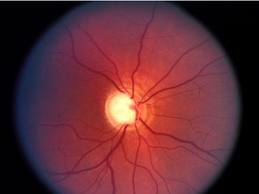
Glaucoma is an eye disease that affects the optic nerve in the eye.
Damaged Optic Nerve
The optic nerve receives nerve impulses from the retina and sends them to the brain, and these electrical signals gives us our vision. Glaucoma is damage to the optic nerve that generally begins with a gradual loss of side vision or the peripheral vision. Undiagnosed glaucoma and treatment can lead to blindness.
What Is Glaucoma
Glaucoma is usually associated with elevated pressure in the eye. This elevated pressure causes the eye to become harder and is what leads to damage of the optic nerve. Sometimes glaucoma occurs in normal eye pressure which ranges between 8mm and 22mm. This kind of glaucoma is caused by poor circulation of blood flow to the optic nerve.
Six million Glaucoma Victims
Glaucoma causes irreversible blindness. Six million individuals are blind in both eyes because of this horrible disease. In the United States, 3 million people have glaucoma, half of these people do not even know they have it. Not showing any symptoms they are unaware they have it, even when they lose their side or peripheral vision.
Sneak Thief of Sight
Glaucoma is referred to as 'the sneak thief of sight' because the intraocular pressure can build up and destroy vision without causing obvious symptoms. Awareness and early treatment can be successfully treated if caught early.
Who is at Risk
Everyone is at risk for glaucoma but certain people are at a higher risk, and these people need to be checked by their eye doctor more often.
- diabetes
- age over 45
- Black ancestry
- family history of glaucoma
- history of high eye pressure
- nearsightedness
- history of injury to the eye
- steroid use, either orally, injected or systematically
- farsightedness (due to narrowed drainage angles which makes them susceptible to acute attacks of angle-closure glaucoma.)
There are different types of glaucoma, most are classified as either open-angled glaucomas existing of long duration or angle-closure glaucomas which occurs suddenly and over a long period of time.
These glaucomas affect both eyes, although one eye can be worse than the other one. Glaucoma in just one eye is usually brought on by prior injury, inflammation, or steroids only in that eye.
Open- Angle Glaucoma
This is the most common type of glaucoma, and it increases with age. This increase occurs because the drainage mechanism becomes clogged with aging, even though the drainage angle is open, resulting in the aqueous fluid improperly draining. The pressure in the eye builds up painlessly and without any symptoms until the loss of sight is noticed in their central vision.
Angle-Closure Glaucoma
Is a less common form of glaucoma in the western world but common in Asia. This type of glaucoma is either acute or chronic. In both kinds, a portion or all of the drainage angle becomes closed, so that the aqueous fluid cannot reach all or part of the drainage system.
In acute angle-closure glaucoma the eye pressure which is usually normal suddenly goes up acutely. The increase occurs because the drainage angle closes and blocks off all the drainage channels.
The pupil dilates and the result is the peripheral edge of the iris becomes bunched up against the cornea causing the drainage angle to close. The problem in angle-closed glaucoma is the difficult access of the eye fluid to the drainage system. In contrast, open-angle glaucoma is clogging within the drainage system itself. In chronic open-angle glaucoma, portions of the drainage system closes over time, as more areas close, pressure rises often over months or even years.
In acute angle closure an attack occurs when there is severe eye pain and head ache, a red eye, nausea, vomiting and blurry vision. The high eye pressure leads to corneal swelling (edema) which causes haloes around lights.
An attack of acute glaucoma is usually relieved by surgery. The doctor makes a small hole with a laser in the iris to allow the fluid to drain into its normal channels.
Can you prevent glaucoma
Not with open-angle glaucoma, however the optic nerve damage and visual loss can be prevented by earlier diagnosis and treatment.
Secondary types of glaucoma can be prevented by avoiding eye trauma, prompt treatment of eye inflammation, and other diseases of the eye or body that may cause secondary forms of glaucoma.
Most cases of vision loss from angle closure glaucomas can be prevented by laser iridotomy in eyes at risk for the development of acute or chronic angle-closure glaucoma.
What's Ahead
Increased public awareness of glaucoma,national free screenings for those at risk, earlier diagnosis,treatment and better compliance with treatment are our best hopes to reduce and preserve vision loss from glaucoma.


